- FREE SHIPPING On all orders
- SUPPORT 24/7 We support online 24 hours a Day
Today, sustainability is not just a buzzword, it’s an utmost need for survival. Like other major decisions, consumers’ demand for eco-friendly packaging has seen a significant global surge where Americans are leading the charge. According to studies, around 82% of global buyers are willing to pay for the products packaged in sustainable boxes with 71% people making a conscious decision while purchasing eco-friendly packages. That’s why, almost all industries have turned to the biodegradable packaging to stand out. Shift to the sustainable bottle packaging is one of the greatest changes observed by the beverage industry.
Whether you’re a business owner, packaging manufacturer, or an environmentally-aware consumer, understanding the benefits of sustainable bottle packaging can help you make smarter, greener choices. Let’s break down the what, why, and how behind this game-changing trend.
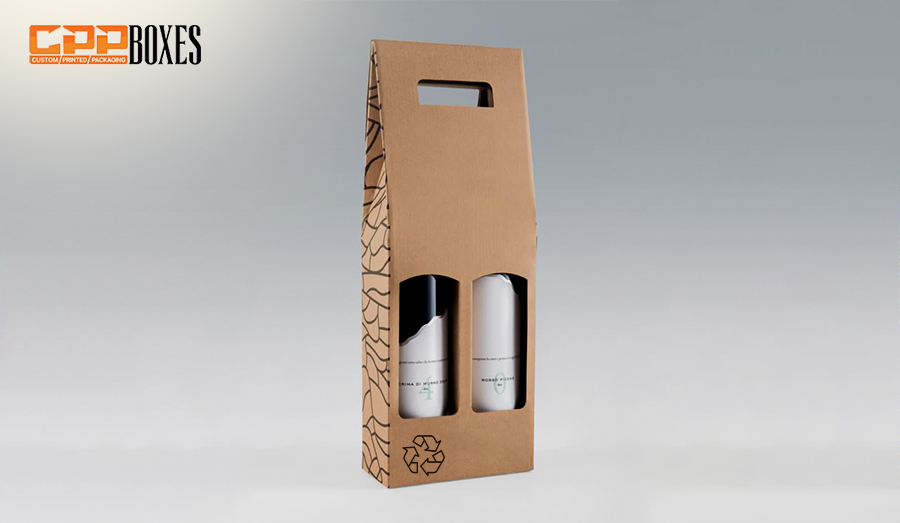
Before diving into the benefits, it’s essential to define what we mean by sustainable bottle packaging. In a nutshell, it's packaging designed to minimize environmental impact throughout its lifecycle from sourcing and production to usage and disposal.
This includes:
In short, sustainable packaging is about doing more with less—and doing it responsibly.

Traditional plastic bottles, especially those made from virgin polyethylene terephthalate (PET), are derived from petroleum. This extraction and manufacturing process is carbon-intensive, releasing substantial amounts of greenhouse gases into the atmosphere. According to the Carbon Trust, the production of just one plastic bottle can emit up to 82.8 grams of CO₂. In contrast, sustainable alternatives like rPET (recycled PET), bioplastics, and plant-based polymers significantly lower these emissions. For instance, rPET production can cut emissions by nearly 70% compared to virgin plastic.
In addition, sustainable manufacturing processes often use renewable energy sources and aim for zero-waste operations. Companies are increasingly turning to carbon-neutral bottling lines and low-emission logistics, aligning their supply chains with broader climate goals.
An estimated one million plastic bottles are sold globally every minute, yet fewer than 10% are effectively recycled. The rest often end up in landfills or waterways, contributing to long-term pollution and harming ecosystems. Sustainable bottles—particularly those designed for multiple uses, compostability, or easy recyclability—mitigate this issue. Biodegradable bottles break down in months rather than centuries, and closed-loop recycling systems keep materials in circulation longer.
Sustainable packaging often incorporates modular designs that make bottles easier to disassemble and recycle. This reduces the chance of components becoming non-recyclable due to material contamination, thereby improving recycling rates and reducing waste.
The circular economy emphasizes keeping products and materials in use for as long as possible. Materials like aluminum and glass, which can be recycled indefinitely without quality degradation, are ideal for this system. This reduces the demand for virgin resources and minimizes environmental disruption from mining and drilling.
Sustainable bottles support product take-back programs and refill initiatives, encouraging consumers to return containers for cleaning and reuse. These circular business models not only conserve resources but also create jobs in recycling and remanufacturing sectors, contributing to local economies.
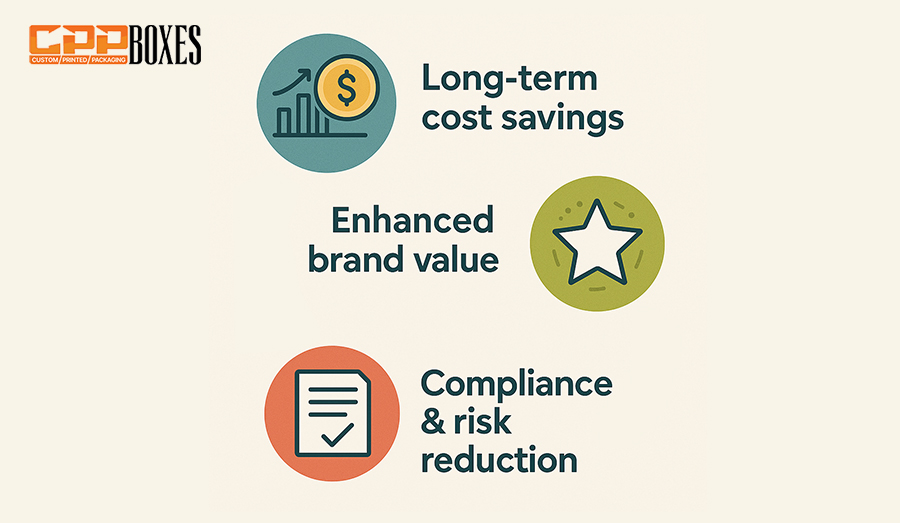
While the initial investment in sustainable materials and production methods may be higher, the long-term economic benefits are significant. Lightweight packaging lowers transportation costs due to reduced fuel consumption. Bottles made with advanced polymers or recycled content can be just as durable as traditional ones but weigh significantly less.
Additionally, companies can reduce waste disposal fees, often imposed on non-recyclable or hard-to-recycle packaging. By optimizing packaging design for efficiency and minimalism, businesses can lower material usage, streamline logistics, and even reduce product damage during transit—all of which contribute to bottom-line savings.
Sustainability is no longer a niche market—it's mainstream. Research from Nielsen and McKinsey shows that nearly 70% of global consumers are willing to pay more for products from environmentally responsible brands. This shift is particularly strong among younger generations, such as Millennials and Gen Z, who prefer to align their purchases with their values.
By investing in sustainable bottles, brands differentiate themselves in crowded markets. Green credentials can be leveraged in marketing campaigns, product packaging, and public relations strategies to attract conscious consumers and foster brand loyalty.
Governments around the world are implementing stricter environmental regulations concerning packaging waste, plastics use, and carbon emissions. The European Union's Single-Use Plastics Directive, for example, mandates that all plastic bottles contain at least 25% recycled content by 2025. Similar laws are taking shape in the U.S., Canada, and across Asia.
By proactively adopting sustainable packaging, companies can avoid fines, adapt smoothly to regulatory changes, and future-proof their operations. This not only reduces risk but also positions companies as responsible leaders in sustainability.

Today’s consumers want to feel that their purchases contribute to a better world. Brands that align with these values by offering sustainable packaging options create a stronger emotional connection with their customers. A water bottle labeled as “made from 100% ocean plastic” or “plant-based and compostable” does more than hold a beverage—it tells a story.
This storytelling aspect is crucial in marketing. Eco-conscious consumers are often loyal to brands that mirror their environmental ethos, and they are more likely to become brand advocates, promoting products within their social circles.
One of the hallmarks of sustainable packaging is its emphasis on transparency. Clear labeling, third-party certifications (e.g., Cradle to Cradle, BPI Certified Compostable), and life cycle disclosures build consumer trust. When brands are open about the origins and end-of-life fate of their packaging, consumers are more confident in their purchases.
Companies that embrace QR codes or NFC chips embedded in bottles can further enhance trust by offering detailed information about the product’s materials, sourcing, and disposal instructions. These smart features deepen engagement and reinforce brand credibility.
Sustainable bottles are often designed with usability in mind. Features like reusable caps, ergonomic shapes, and spill-proof technology not only improve customer satisfaction but also reduce waste. Many refillable bottles come with subscription services or in-store refill stations, providing convenience while reducing environmental impact.
Consumers also appreciate brands that make recycling easier—for instance, bottles with easily removable labels and minimal adhesives. The easier it is for consumers to dispose of packaging responsibly, the more likely they are to do it.
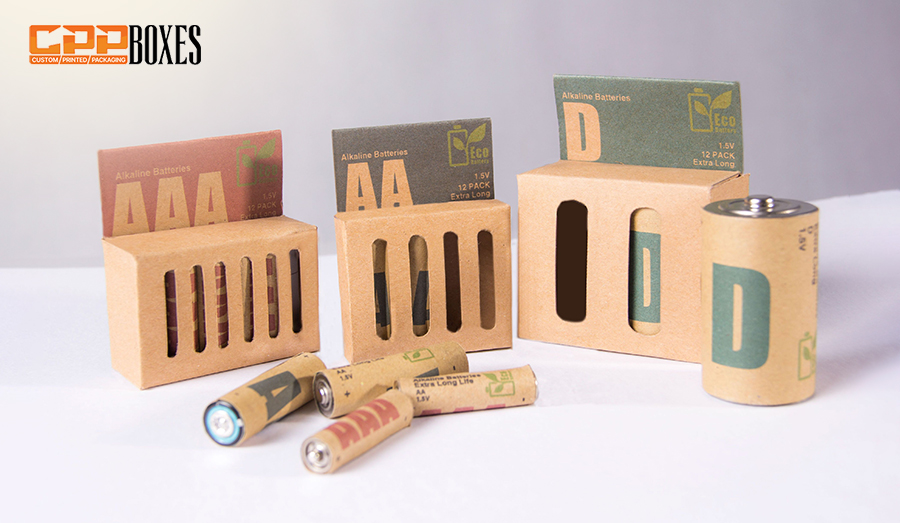
Sustainability isn’t just an obligation—it’s a springboard for innovation. In recent years, companies have developed a range of groundbreaking packaging technologies that redefine how we think about bottles:
Such innovations do more than reduce waste; they help brands stand out in a crowded marketplace. Early adopters of sustainable packaging technologies are often perceived as pioneers, attracting media attention, industry accolades, and consumer admiration. Moreover, these innovations can create new revenue streams, such as licensing patented designs or entering premium market segments that value uniqueness and environmental responsibility.
CSR is no longer a nice-to-have—it's a must-have. Sustainable packaging plays a vital role in CSR strategies by:
Strong CSR performance can attract investors, improve stakeholder relationships, and enhance employee satisfaction.
Transitioning to sustainable bottle packaging isn’t a one-size-fits-all approach. Here are a few key factors to weigh:
Working with packaging experts or sustainability consultants can help you navigate these decisions effectively.
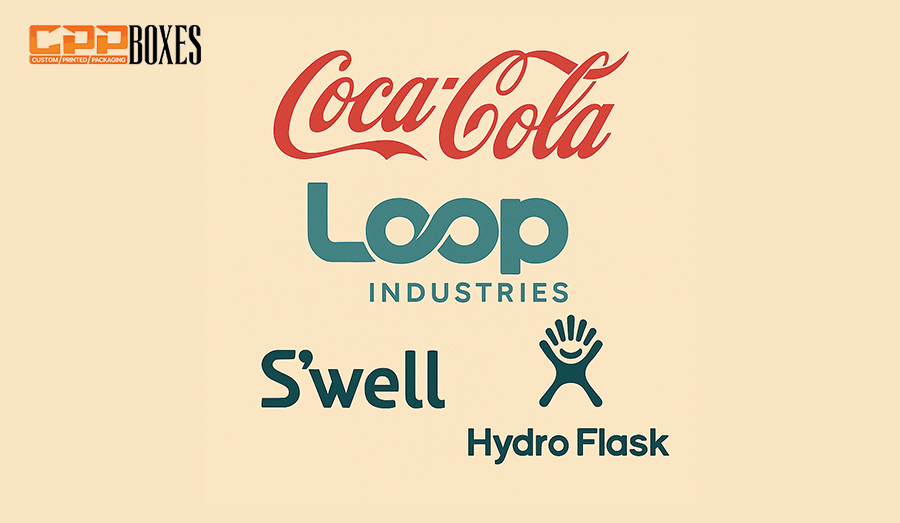
These companies demonstrate that sustainable bottle packaging isn’t just good for the planet—it’s good for business.
Switching to sustainable bottle packaging is a powerful way to reduce environmental impact, cut costs, and connect with values-driven consumers. It’s more than a packaging decision—it’s a statement about the kind of future you want your brand to help create.
Whether you're starting small or overhauling your entire packaging strategy, remember: every sustainable bottle counts. So, why not make the switch today? Contact CPP Boxes at 888-395-0493 and quotes@cppboxes.com and get 100% recyclable and ecofriendly bottle packaging solutions at wholesale prices.
This design offers good protection and a premium unboxing experience.
GET YOUR QUOTE
.webp)

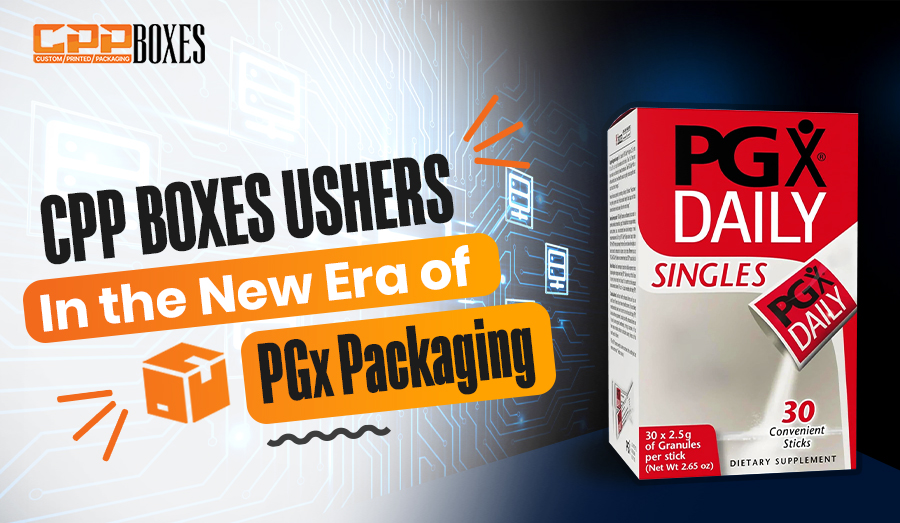
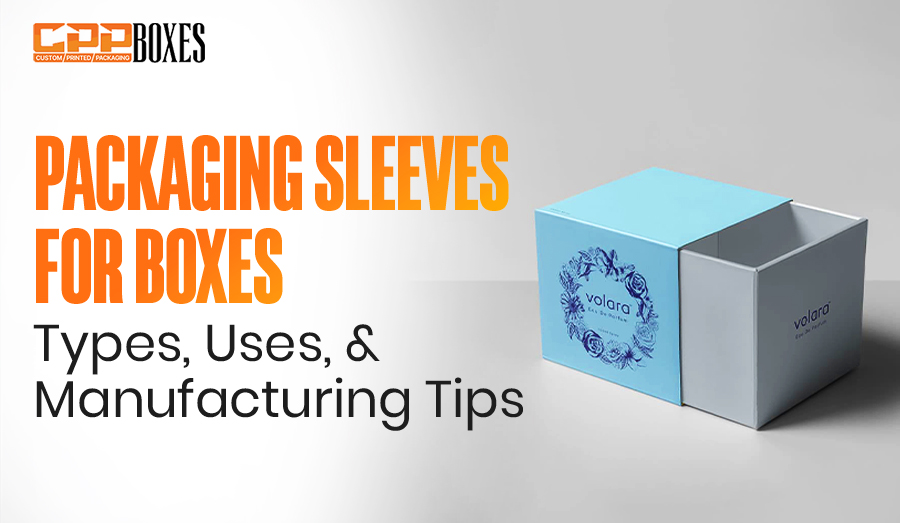


Blake Harper is an experienced and dedicated packaging engineer with a deep passion for creating innovative, sustainable, and cost-effective packaging solutions. He holds a degree in Packaging Engineering, where he gained a strong foundation in materials science, product design, and manufacturing processes. With years of hands-on experience, Blake has honed his skills in optimizing packaging designs for a wide range of industries, including consumer goods, electronics, and food packaging.
Currently, Blake has been with CPP Boxes, a leading packaging solutions provider, for several years, where he has played a key role in designing packaging that balances functionality, cost efficiency, and sustainability. His work at CPP Boxes has involved designing protective packaging, improving supply chain logistics, and developing eco-friendly solutions that reduce waste and environmental impact.
Blake's expertise lies in selecting the right materials, creating structural designs that maximize protection and minimize costs, and ensuring that packaging meets both consumer expectations and industry standards. His approach integrates creativity with technical know-how, always striving for solutions that are both practical and innovative.
Passionate about environmental sustainability, Blake is always exploring new ways to incorporate eco-friendly practices into his work. He is committed to advancing packaging technologies and methodologies that reduce waste, improve recyclability, and contribute to a more sustainable future. Throughout his career, Blake has become known for his strong problem-solving skills, attention to detail, and his ability to collaborate effectively with cross-functional teams to meet project goals.
There are a number of small-scale businesses that are trying to mak...
June 4, 2025
Whether it’s beverage, food, skincare, or pharmaceutical indu...
June 4, 2025